Mastering the Art of Dog Training: Unveiling the Magic of the “Heel” Command
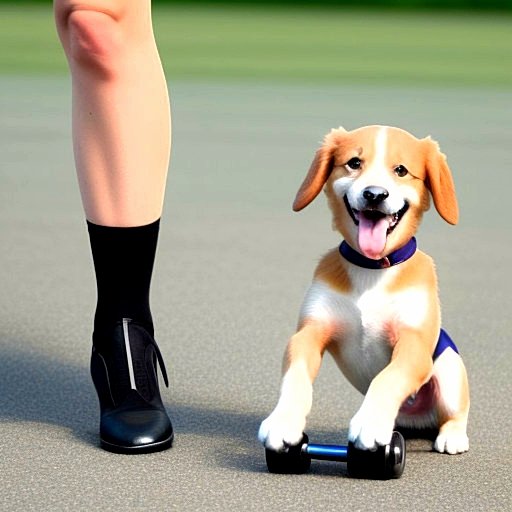
Table of Contents
Overview **
In the heartwarming realm of canine companionship, every pet owner dreams of forging a connection that transcends the bounds of mere ownership. In the delightful symphony of dog training, a seemingly simple command holds the key to transforming daily walks into a harmonious duet – “heel.” So, what does heel mean in dog training ? ”
Heel” is more than a directive; it’s a linguistic bridge that fosters cooperation and understanding between a dog and its owner. Imagine a leisurely stroll where your furry friend gracefully walks by your side, attuned to your pace and movements – that’s the magic encapsulated in the command “heel.” But let’s delve deeper into its significance.
At its core, “heel” in dog training is the art of teaching your canine companion to walk closely beside you, fostering a sense of shared space and mutual respect. It’s a dialogue without words, where the leash becomes a subtle instrument guiding both partners in a dance of connection.
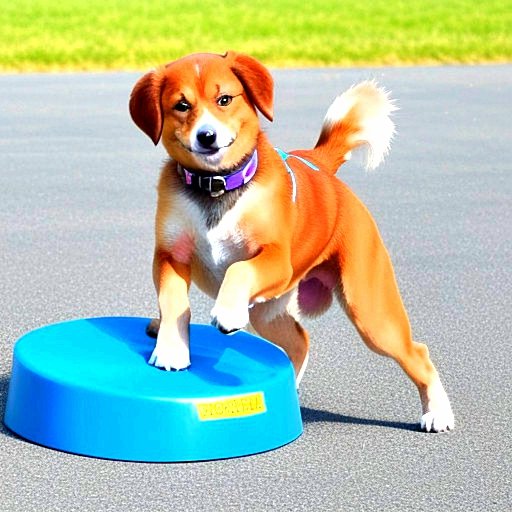
This guide embarks on a journey to demystify the question: What does heel mean in dog training ? From decoding the psychology behind the command to practical tips for seamless implementation, we invite you to join us in uncovering the layers of meaning woven into this seemingly simple yet profoundly impactful canine communication. Leash in hand, treats at the ready, let’s explore the enchanting world of “heel” together.
What does Heel Mean in Dog Training ?
“Heel” in dog training is a fundamental command designed to enhance the walking experience for both dogs and their owners. This cue instructs a dog to walk closely on the owner’s side without pulling on the leash. Beyond being a practical skill, “heel” cultivates discipline, reinforces the owner’s role as the leader, and establishes a deeper bond between the canine and human companions.
It is not merely about leash manners; rather, it symbolizes a harmonious partnership where the dog intuitively follows the owner’s pace and direction. Through positive reinforcement, consistent commands, and patience, owners can instill this behavior, creating a shared language that transforms walks into enjoyable collaborative adventures. Understanding the significance of “heel” contributes to a well-behaved and responsive canine companion, enriching the connection between pets and their owners.
The Importance of Teaching “Heel”:-
** 1. Leash Manners :
Leash manners, encapsulated in the pivotal command “heel” in dog training, are the cornerstone of a delightful walking experience for both dogs and their owners. Beyond the physical act of walking on a leash, “heel” signifies a cooperative dance between companions. It’s not just about preventing pulling or tugging; it’s a language that fosters a shared understanding.
When a dog exhibits proper leash manners, it signifies an awareness and respect for the owner’s pace and direction. Picture a leisurely stroll with your furry friend walking gracefully by your side, attuned to your movements – that’s the beauty of impeccable leash manners.
This command, “heel,” encourages dogs to walk close to the owner without constant tension on the leash. Through positive reinforcement and consistent training, dogs learn to embody this behavior, turning routine walks into harmonious bonding experiences. So, when we explore leash manners, we’re deciphering the unspoken dialogue between a dog and its owner, making every walk a symphony of companionship.

** 2. Safety:
Safety is paramount in dog training, extending beyond the physical well-being of the canine companion to the broader environment they navigate. A well-trained dog, particularly one familiar with the “heel” command, contributes significantly to a secure walking experience.
By heeding the “heel” command, dogs are less prone to impulsive behaviors such as darting into traffic or engaging in potentially hazardous situations. This obedience ensures the safety not only of the dog but also of pedestrians, fellow pets, and the owner. The ability to control a dog’s movement through this command becomes especially crucial in unpredictable outdoor settings.
Through consistent training and reinforcement, owners can instill a sense of discipline that translates into a secure and controlled walking environment. Thus, safety in dog training is not just a precaution; it’s a tangible outcome of a well-disciplined and obedient canine companion, creating a bond of trust and reliability between owner and pet.
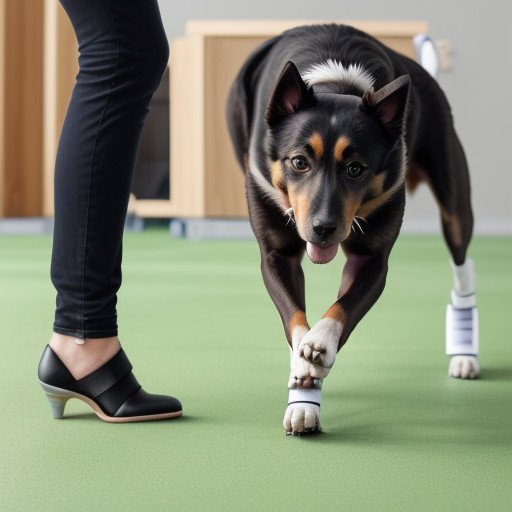
** 3. Bonding and Leadership:
Bonding and leadership are intricately woven into the fabric of dog training, and the “heel” command serves as a powerful catalyst for nurturing this connection. Beyond the mechanics of walking, “heel” establishes a dance of trust and cooperation, forging a deeper bond between a dog and its owner.
In the realm of canine companionship, being a leader is not about dominance but rather about guidance and understanding. The “heel” command exemplifies this leadership, where the dog looks to the owner for cues, creating a sense of security and order.
As the owner consistently reinforces the “heel” command with positive reinforcement and patience, a unique bond emerges. This connection transcends words, fostering a mutual respect that extends beyond walks. It becomes a testament to the harmonious partnership between two beings—one human, one canine—bound by trust, shared experiences, and the unspoken language of companionship. Through “heel,” leadership becomes a dance, and bonding becomes the melody that accompanies every step.

** How to Teach “Heel” to Your Dog:-
**1. Start Indoors :
Begin the journey of teaching the “heel” command by starting indoors, where the environment is controlled and distractions are minimal. Indoors, you can create a focused and comfortable space for both you and your furry companion to engage in the initial stages of training. Use treats or a favorite toy as positive reinforcements, rewarding your dog for staying close to your side.
Establishing the basics within the familiar confines of your home allows your canine friend to grasp the concept of walking by your side without the added stimuli of the outside world. As you build the foundation for the “heel” command indoors, you set the stage for a smoother transition to more challenging outdoor environments, ensuring a positive and effective learning experience for both you and your dog.
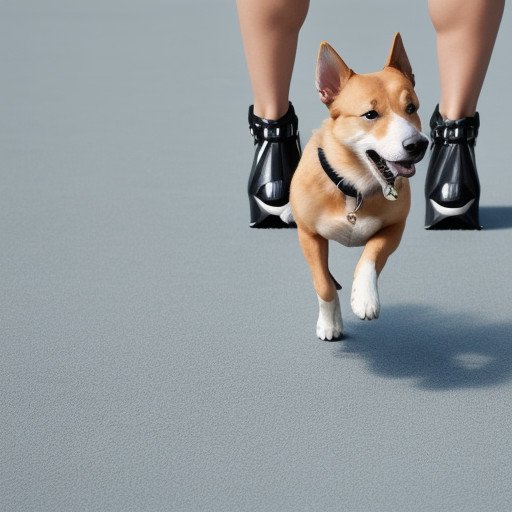
** 2. Use Positive Reinforcement :
Positive reinforcement is the heartbeat of successful “heel” command training. Whenever your dog walks closely by your side, shower them with praise, affectionate words, and the occasional treat. This positive feedback creates a strong association between the desired behavior and the joyous response they receive, making them eager to repeat the action. Dogs thrive on approval, so celebrate their efforts in real-time.
By using positive reinforcement, you’re not just guiding their physical behavior; you’re nurturing a positive emotional connection.This method fosters a sense of accomplishment for your furry friend, making the learning process enjoyable and reinforcing your bond. Remember, in the world of dog training, positivity is the magic wand that turns each successful “heel” into a shared victory for both you and your canine companion.
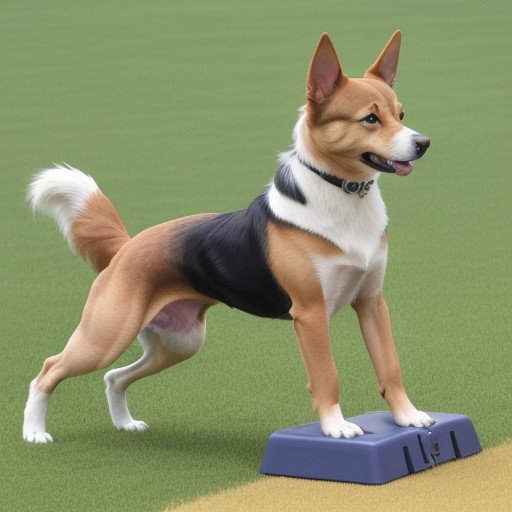
**3. Consistent Commands :
Consistency is the melody that turns dog training into a harmonious dance, especially when teaching the “heel” command. Choose a clear and simple verbal cue, like saying “heel,” and pair it with a consistent hand gesture or signal. Repeating this command consistently helps your dog understand the expected behavior, creating a reliable communication channel between you and your furry friend.
Be patient and steadfast in using the same command and gesture each time, whether indoors or outdoors. Dogs thrive on routine and patterns, so your unwavering consistency becomes the guiding rhythm that shapes their understanding. Consistent commands provide a roadmap for your canine companion, making the learning process smoother and reinforcing the desired behavior in every step of the training journey.

** 4. Gradual Progression :
Like a gentle crescendo in a melody, introducing the “heel” command requires a gradual progression. Start in a controlled indoor setting, where distractions are minimal, allowing your dog to grasp the basics. As your furry companion becomes adept at walking by your side, gradually transition to more challenging environments, like your backyard or a quiet street. Increase the complexity step by step, exposing your dog to new sights and sounds.
Patience is your ally; celebrate small victories before moving to more distracting outdoor spaces. This gradual approach ensures your dog builds confidence and masters the command in various scenarios. It’s like teaching a dance – start with the basics, then gracefully move to the rhythm of more challenging terrains, making the “heel” command a skill your canine partner embraces with joy and confidence.
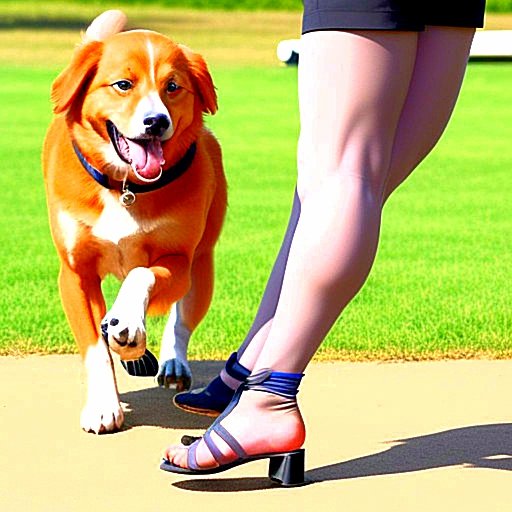
Common Challenges and Solutions :-
** 1 . Pulling on the Leash:
If your dog starts pulling on the leash during “heel” training, don’t fret – it’s a common step in the learning waltz. When tension arises, stop in your tracks, gently call your furry companion back to your side, and reward them when they comply. This pause-and-return approach reinforces the idea that pulling isn’t the desired behavior.
Consistency is key; repeat this process until your dog understands that walking by your side without tension brings positive reinforcement. Remember, it’s a dance of guidance, not a tug-of-war. With patience and encouragement, your dog will learn to glide gracefully by your side, turning the occasional pulling misstep into a step closer to mastering the art of the “heel” command.

** 2. Distractions :
Navigating distractions while teaching the “heel” command is akin to dancing through a bustling crowd – it requires patience, practice, and a touch of finesse. Begin in a low-distraction environment, gradually introducing stimuli like toys or mild sounds. As your dog becomes more proficient, venture into busier settings, exposing them to the delightful chaos of the outside world.
When distractions beckon, use your consistent command and positive reinforcement to redirect their focus back to walking by your side. It’s a gradual process; celebrate small victories amidst the whirlwind of distractions. Think of it as a dance partner learning to maintain rhythm in a lively ballroom – with time, your canine companion will gracefully twirl through distractions, mastering the “heel” command and transforming each walk into a choreographed duet of companionship.
Summary **
In the symphony of dog training, the concluding note resonates with the profound significance of ” What does Heel Mean in Dog Training .” It’s not just about walking; it’s a dance of connection, trust, and shared experiences. Embracing positive reinforcement, consistent commands, and patience transforms routine walks into a harmonious collaboration.
The “heel” command signifies more than leash manners; it encapsulates a language of understanding between canine and human. As the final curtain falls, the bond deepens, and the echoes of successful training reverberate through each step, creating a melodious partnership between companions in the enchanting world of dog training.
“I hope you have found the answer to the questions ‘ What does Heel Mean in Dog Training ‘ Thank you for reading. Let us know your thoughts by commenting below.
Mastering the Art of Dog Training: Unveiling the Magic of the “Heel” Command Overview ** In the heartwarming realm of canine companionship, every pet owner dreams of forging a connection that transcends the bounds of mere ownership. In the delightful symphony of dog training, a seemingly simple command holds the key to transforming daily walks…
You might be interested in reading this post as well as https://tomeshnews.co.in/best-dog-training/
